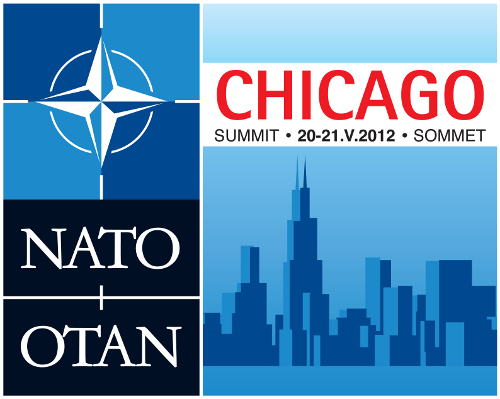
From Franklin D. Kramer, the New Atlanticist: [T]here are questions on both sides of the Atlantic. From the European perspective, does the United States as the transatlantic leader have a strategic approach that will be effective in the new global world? And from the United States perspective, does Europe have an interest and the capability to engage in and shape the new security environment?
This question is raised most clearly in the context of the very difficult security environment the NATO nations face to their southeast. . . .
There are good reasons for the Alliance to orient its activities in this direction. One NATO country—Turkey—faces an immediate, very complicated security environment on its borders with Syria, Iraq, and Iran. Likewise, Afghanistan is an obvious continuing high priority for the Alliance. But the reality is that the entire region from Syria to Pakistan is a cauldron of instability, including energy and maritime security in the Arabian Gulf; nuclear proliferation from Iran; the Israeli-Palestinian problem; internal instability in Iraq; insurgency and civil war in Syria; and, as noted, Afghanistan plus Pakistan, presenting overlapping but differentiated challenges. In terms of “active threat, right here, right now,” it is the issues of instability in the Greater Middle East that present the most clear set of problems to Alliance countries. . . .
The NATO Summit offers an opportunity to solidify the transatlantic bargain for this part of the world. In theory, this has already been done. The NATO Strategic Concept agreed to at Lisbon provides a framework on which a transatlantic effort in the Greater Middle East, and South Asia can be built. The concept provides that the “Alliance is affected by, and can affect, political and security developments beyond its borders [and] . . . will engage actively through partnership with relevant countries.” It goes on to state that “Instability or conflict beyond NATO borders can directly threaten Alliance security, including by fostering extremism, terrorism, and trans-national illegal activities.”
The words of the Strategic Concept are entirely congruent with, though not as explicit as, the United States defense strategy. But just as the earlier Cold War concept of flexible response needed periodic enhancement, the words of the current Strategic Concept —while only sixteen months old — are no longer enough. It will be important to establish that NATO and United States defense strategy are, in fact, congruent. To do so, the Alliance should take three steps.
The first action would be to issue at the NATO Summit an appropriate political declaration focusing on the Greater Middle East and South Asia. Second, as a mechanism to give substantive strategic content to the declaration, the Alliance should support the formation of a Strategic Consultative Group for the region. A Strategic Consultative Group will not displace bilateral activities nor would it be the only multilateral venue. What it would do, however, is focus the Alliance on a key theater in which its interests are at risk. And it would be an affirmation of the transatlantic bargain in the context of the most immediate challenges for both Europe and the United States. Third, the Strategic Consultative Group should be tasked to propose a longer term strategy utilizing all elements of national power for this arena, including the theater involving Afghanistan, Pakistan, and the Central Asian countries; the Iranian problem and the issues of deterrence and potential containment in the Gulf; and the issues raised by Syria.
Franklin Kramer is a distinguished fellow at the Atlantic Council and a former Assistant Defense Secretary for International Affairs. This piece is part of a series of New Atlanticist pieces on NATO’s 2012 Chicago Summit.
Image: NATO-Chicago-Summit-Logo.jpg
